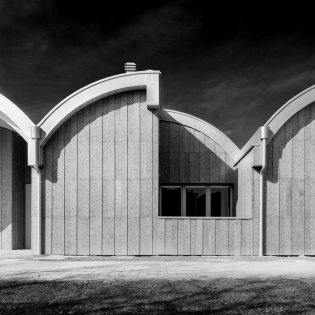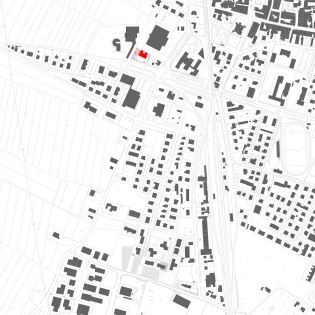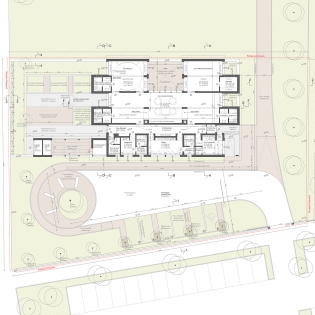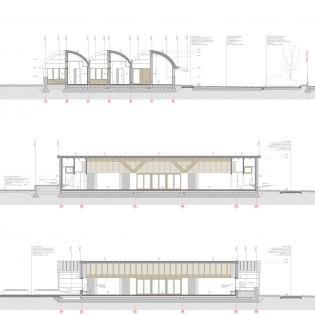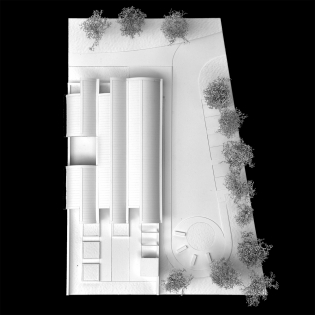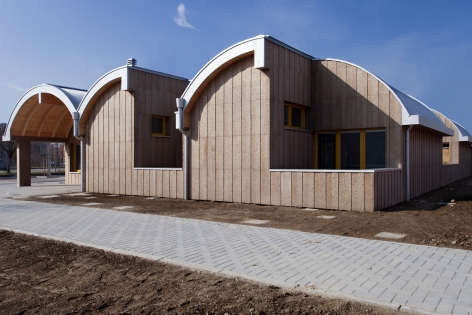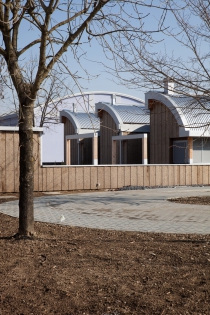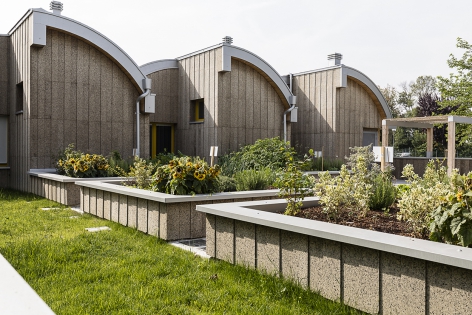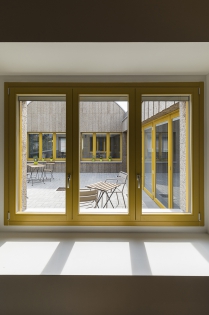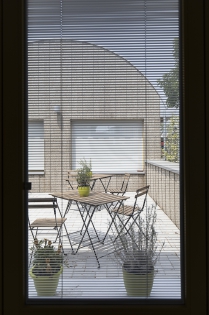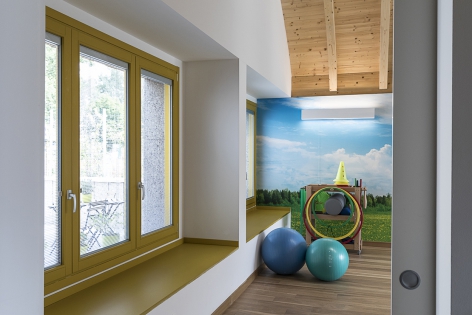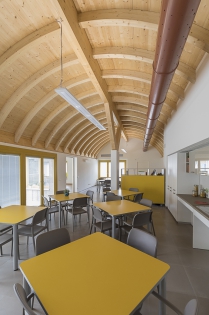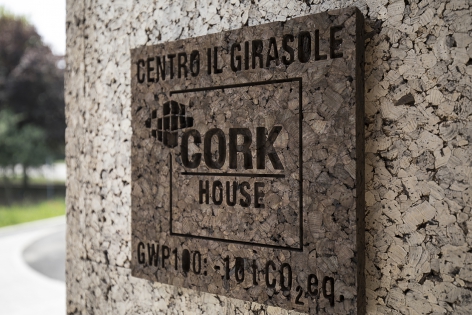New day time social rehabilitation centre _ S. Felice sul Panaro [MO]
LOCATION: S. Felice sul Panaro (MO)
CATEGORY: Welfare
STATUS: Built
YEAR: February - June 2020
CLIENT: Istituto per l'Edilizia Sociale della Provincia Autonoma di Bolzano
PROJECT: MFa _ Mauro Frate architetti
TEAM: Mauro Frate in collaboration with Ludovico Sternini, Simone Visentin
STRUCTURE: ing. Andrea Rigato
ENERGY ENGENEERING: Protecno Engineering SRL
CONTRACTOR: Consorzio Stabile ARCALE
WOOD STRUCTURE: Sistem Costruzioni srl
PHOTO CREDITS: Andrea Avezzù
The Social Rehabilitation Day Center is a district structure dedicated to the reception of adults suffering from severe psycho-physical and/or sensory disabilities.
In response to the earthquake that struck Emilia Romagna in 2012, from the beginning, the assignment was to focus on the construction of a low-cost building with the highest possible energy efficiency in order to contain management costs and to use a construction technique that would allow certain times and fast construction. The choice of the structural system has fallen on a dry stratified structure in Xlam wood. The walls, made in the factory, represent the vertical load-bearing closures and are characterized by a multi-layered package, the structural system is a hybrid type that uses different systems combined with each other in order to minimize the amount of material needed. As concerning the parts above ground, the totality of the actions (earthquake, wind, accidental loads, own weight, etc..) is carried out by wooden elements: no other materials are present. The external face of the xlam masonry has been realized with toasted cork panels self-glued face to face. The role of cork has been, in addition to offering an excellent thermo-acoustic comfort to the occupants, to meet both environmental and economic requirements, ensuring a virtually unlimited durability, the constancy of the insulating performance over time and the absence of maintenance of the facade. All these aspects contribute to reduce the management costs of the structure, freeing up resources for the provision of care services to guests.
The building consists of three bodies, with a low vaulted roof, juxtaposed in sequence. Expressing a strong internal-external relationship for all parts of the building, the spaces are articulated while maintaining a constant attention to the issues of accessibility, community and socialization thanks to a clear configuration of service areas and relationships between spaces served and spaces served.
CATEGORY: Welfare
STATUS: Built
YEAR: February - June 2020
CLIENT: Istituto per l'Edilizia Sociale della Provincia Autonoma di Bolzano
PROJECT: MFa _ Mauro Frate architetti
TEAM: Mauro Frate in collaboration with Ludovico Sternini, Simone Visentin
STRUCTURE: ing. Andrea Rigato
ENERGY ENGENEERING: Protecno Engineering SRL
CONTRACTOR: Consorzio Stabile ARCALE
WOOD STRUCTURE: Sistem Costruzioni srl
PHOTO CREDITS: Andrea Avezzù
The Social Rehabilitation Day Center is a district structure dedicated to the reception of adults suffering from severe psycho-physical and/or sensory disabilities.
In response to the earthquake that struck Emilia Romagna in 2012, from the beginning, the assignment was to focus on the construction of a low-cost building with the highest possible energy efficiency in order to contain management costs and to use a construction technique that would allow certain times and fast construction. The choice of the structural system has fallen on a dry stratified structure in Xlam wood. The walls, made in the factory, represent the vertical load-bearing closures and are characterized by a multi-layered package, the structural system is a hybrid type that uses different systems combined with each other in order to minimize the amount of material needed. As concerning the parts above ground, the totality of the actions (earthquake, wind, accidental loads, own weight, etc..) is carried out by wooden elements: no other materials are present. The external face of the xlam masonry has been realized with toasted cork panels self-glued face to face. The role of cork has been, in addition to offering an excellent thermo-acoustic comfort to the occupants, to meet both environmental and economic requirements, ensuring a virtually unlimited durability, the constancy of the insulating performance over time and the absence of maintenance of the facade. All these aspects contribute to reduce the management costs of the structure, freeing up resources for the provision of care services to guests.
The building consists of three bodies, with a low vaulted roof, juxtaposed in sequence. Expressing a strong internal-external relationship for all parts of the building, the spaces are articulated while maintaining a constant attention to the issues of accessibility, community and socialization thanks to a clear configuration of service areas and relationships between spaces served and spaces served.

